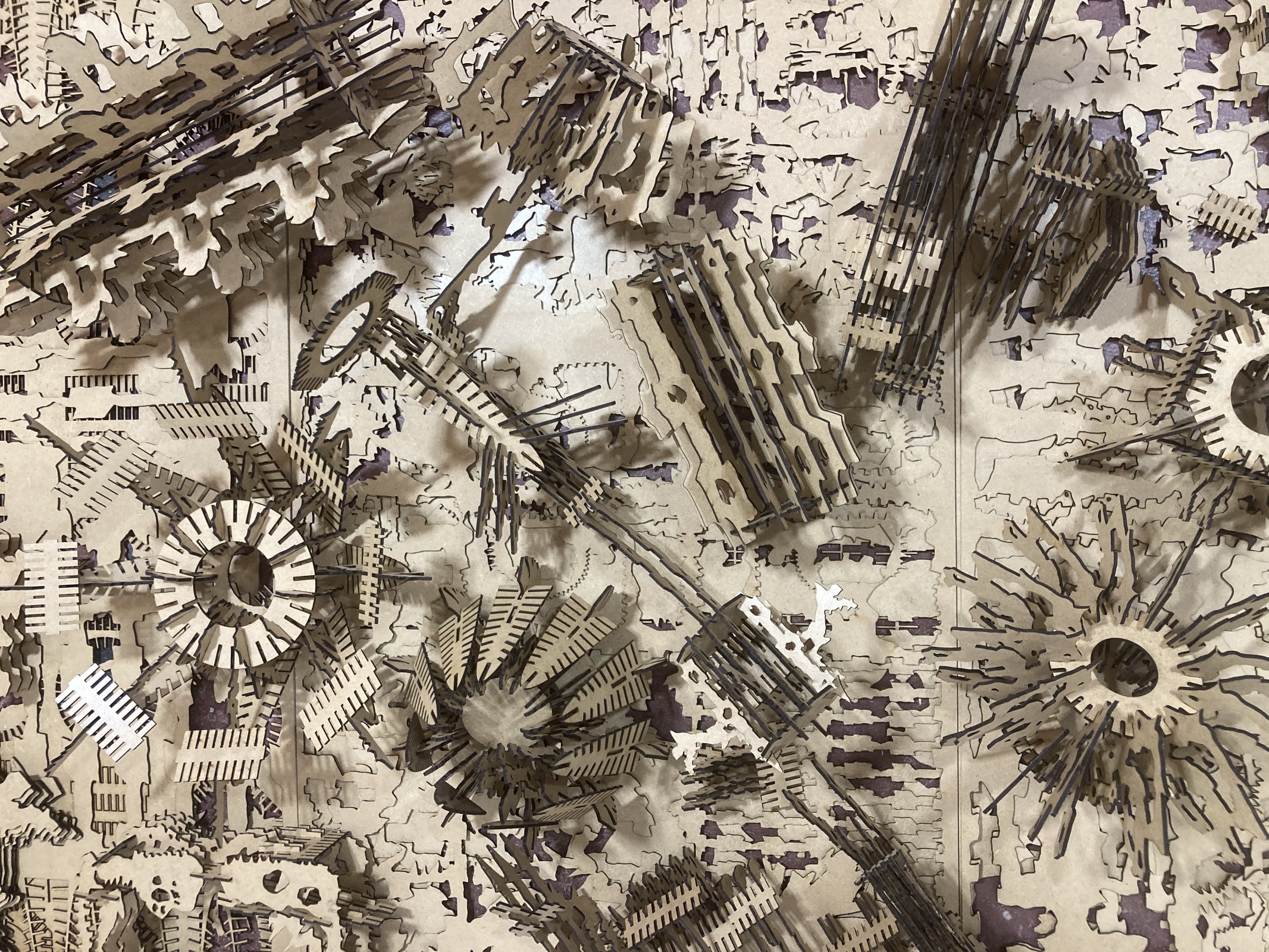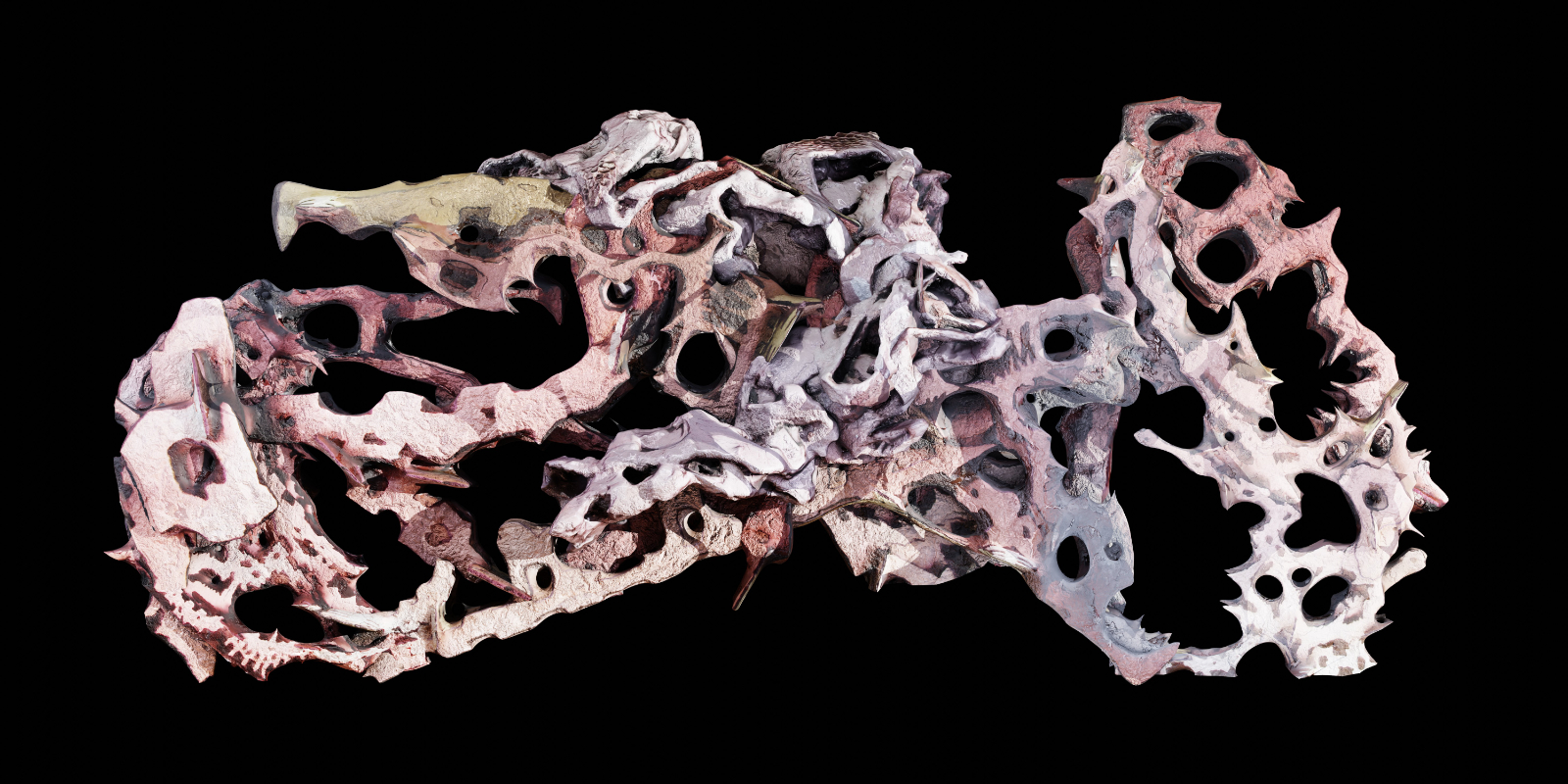options for merging and assembling 3D scans
Designing virtual environments from real-world images offers a nuanced understanding of the digital world. This process involves a synergistic blend of real-analog and virtual-digital elements, creating a unique space where characteristics from both dimensions merge seamlessly. In this context, Malte Urban’s innovative approach to organizing his collection of digitized sculptures serves as a prime example. He utilized a scaffolding-like structure to support his sculptures that intricately combine organic forms with architectural designs. These sculptures are composed of clay, earth, and various naturally found objects, each element bearing the imprint of environmental influences. Urban’s work delves into the essence and aura of digital objects, examining aspects such as aging processes, textures, detailing, and imperfections, and how they contribute to the overall digital representation.













